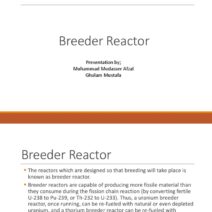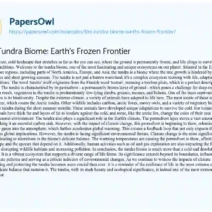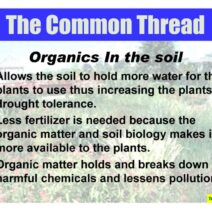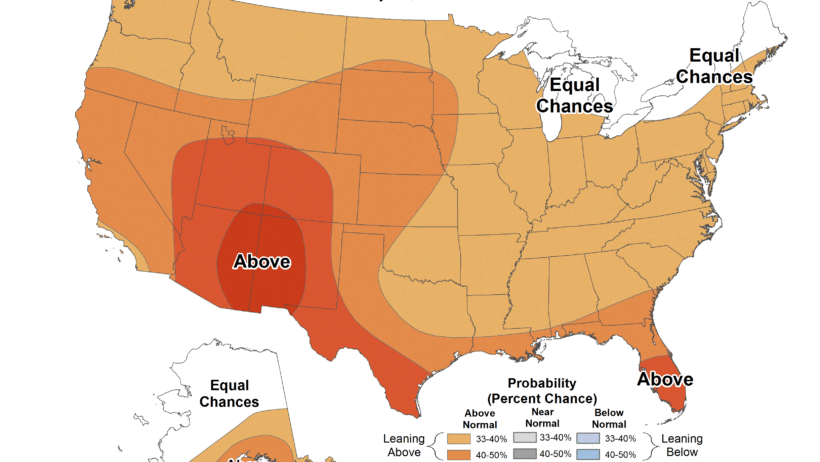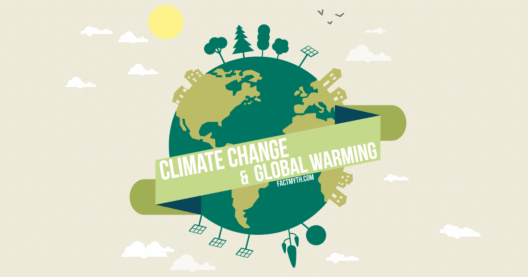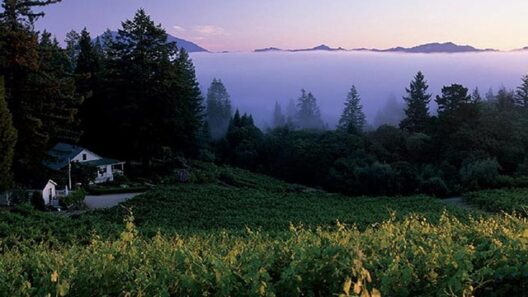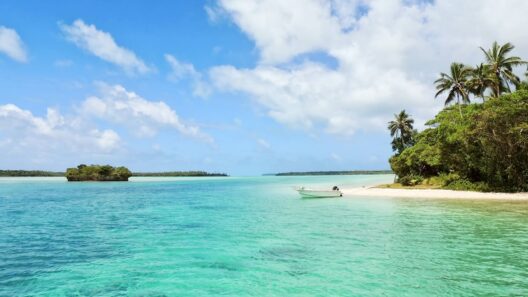When one thinks of Washington State, the image of lush evergreen forests, rugged coastlines, and majestic mountain ranges often comes to mind. However, what is the climate that weaves through this picturesque landscape? The climate of Washington is as multifaceted as its geography, and it plays a vital role in shaping not only the environment but also the lifestyle of its residents.
Washington boasts a diverse climate influenced by several factors, such as its vast topography, proximity to the Pacific Ocean, and prevailing wind patterns. The state is typically divided into two distinct climatic regions: the western portion, characterized by a maritime climate, and the eastern part, which experiences a more continental climate. This division creates a tapestry of weather patterns that can confound even the most seasoned meteorologists.
The western region of Washington is synonymous with its reputation for frequent rainfall. It receives significant precipitation due to the orographic lift caused by the Cascade Mountains. As moist air from the Pacific Ocean approaches the coastline, it rises and cools, resulting in clouds and, subsequently, rain. This phenomenon culminates in an annual average of about 30 to 60 inches of precipitation for cities such as Seattle and Olympia. Some areas, particularly the Olympic Peninsula, can see more than 100 inches annually, transforming forests into verdant, thriving ecosystems.
Embracing this rain, the unique environment has evolved, giving rise to lush landscapes and vibrant wildlife. The growth of coniferous trees, particularly Douglas firs and hemlocks, paints a lush green canvas throughout the region. However, the frequent dampness does pose a challenge: how can life adapt to such a consistently moist climate? While the region benefits from the hydrological bounty, it also faces the hurdles of mold, mildew, and challenges in agriculture. Farmers, for instance, must adeptly manage water drainage and soil conditions to cultivate crops while contending with the relentless humidity.
On the eastern side of the Cascade Range, a stark contrast emerges. The climate shifts toward a semi-arid environment with significantly less precipitation, averaging only 10 to 20 inches per year. Cities like Spokane and Yakima experience hot, dry summers and cold, snowy winters. This region’s climate is characterized by temperature extremes; residents enjoy sunny days that can soar into the upper 90s during summer, while winter brings frigid temperatures that plummet below freezing. This dichotomy begs the question: how do the ecosystems of eastern Washington thrive despite the harsh conditions?
Adaptation is key. Agricultural communities in the eastern part of the state have ingeniously harnessed irrigation techniques to cultivate crops like wheat, apples, and grapes, turning the arid plains into an agricultural rich basket. Yet, these practices also introduce complexities surrounding water management and sustainability. As the climate continues to shift, how will farmers reconcile their need for irrigation with the imperatives of conservation? Is it possible to strike a balance between production and preserving the environment?
Climate change is an omnipresent specter that looms over the entire region, influencing both the western and eastern climates in profound ways. Rising temperatures, altered precipitation patterns, and the increasing frequency of extreme weather events present a formidable challenge for the state. The iconic Pacific Northwest’s “liquid sunshine” might appear benign, but unpredictably intense storms and droughts threaten livelihoods. Residents may find themselves asking: how can we maintain our vibrant ecosystems and communities amid these relentless changes?
To address these pressing questions, environmental stewardship and public policy play pivotal roles. Washington has positioned itself at the forefront of climate action, implementing proactive measures to mitigate the effects of climate change while promoting resilience. Initiatives such as the Washington Climate Change Impacts Assessment provide invaluable insights into climate projections and vulnerabilities. By engaging in mitigation strategies and investing in renewable energy, the state aims to foster a more sustainable future.
Nevertheless, navigating this complex relationship with climate is an ongoing effort. The interconnectivity of ecosystems means that a disruption in one area can trigger cascading effects across the entire region. Coastal erosion, for instance, is exacerbated by rising sea levels, threatening not only natural habitats but also human infrastructure. It leads to the looming question: how can communities prepare for and adapt to the evolving dynamics of their environment?
In conclusion, the climate of Washington State is an intricate tapestry marked by contradictions and challenges. From the lush, rain-soaked west to the arid, sun-baked east, the state’s diverse climatic zones present unique opportunities and obstacles for residents and ecosystems alike. With climate change casting its shadow over these landscapes, the imperative for innovative solutions and collaborative action has never been more pressing. As residents adapt to the capricious nature of their climate, it remains essential to foster resilience in the face of uncertainty. The challenge requires not just individual efforts but collective action to protect the rich tapestry of life in the Evergreen State.
